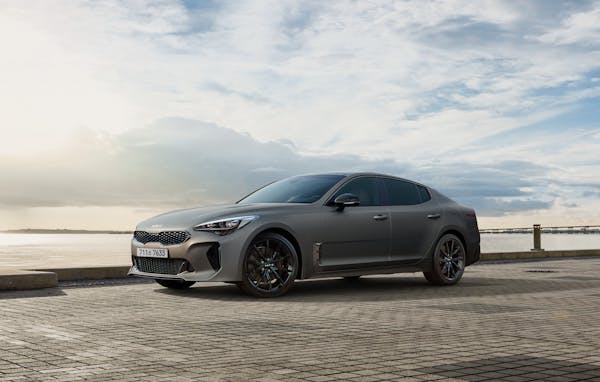When it comes to buying a car, understanding car specifications is essential for making an informed decision. Car specs are more than just numbers; they reflect the vehicle’s performance, comfort, safety, and efficiency. Whether you’re buying a new or used vehicle, knowing what these specifications mean can help you choose the car that best suits your lifestyle, needs, and budget.
What Are Car Specifications?
Car specifications are the detailed technical attributes of a vehicle that define its capabilities and features. These include engine size, horsepower, torque, fuel type, transmission type, drive system, fuel economy, safety features, dimensions, and more. Essentially, it’s a breakdown of everything the car offers.
Key Components of Car Specifications
Here are the most important car specs you should consider:
1. Engine Specifications
- Engine Type: Indicates the kind of internal combustion engine—petrol, diesel, hybrid, or electric.
- Engine Size (Displacement): Measured in liters (L) or cubic centimeters (cc), it indicates the engine’s volume. A 2.0L engine typically offers more power than a 1.2L engine.
- Horsepower (hp): Tells how much power the engine can produce. More horsepower means better acceleration and higher speed potential.
- Torque (Nm): Torque is the rotational force that helps move the car. Higher torque is especially useful for towing or off-roading.
2. Transmission
- Manual vs. Automatic: Manual gearboxes give more control, while automatics are more convenient, especially in city traffic.
- CVT and Dual-Clutch: Newer transmissions like Continuously Variable Transmission (CVT) offer smoother rides and better efficiency.
3. Fuel Economy
- Measured in kilometers per liter (km/l) or miles per gallon (mpg), fuel economy is crucial if you’re concerned about long-term running costs.
- Electric vehicles list range per charge instead of fuel consumption.
4. Drive Type
- FWD (Front-Wheel Drive): Good for city driving.
- RWD (Rear-Wheel Drive): Better handling at higher speeds.
- AWD/4WD (All-Wheel Drive/Four-Wheel Drive): Best for off-road and all-weather conditions.
5. Braking and Suspension
- Features like ABS (Anti-lock Braking System), EBD (Electronic Brakeforce Distribution), and ESC (Electronic Stability Control) are common in modern vehicles and enhance safety.
- Suspension systems like MacPherson struts or multi-link setups affect ride comfort and handling.
6. Safety Features
- Standard safety specs include airbags, crumple zones, ISOFIX child-seat mounts, reverse cameras, and advanced driver assistance systems (ADAS).
7. Dimensions
- Specifications like length, width, height, wheelbase, ground clearance, and boot space directly affect the car’s practicality and road presence.
How to Use Car Specifications When Buying
When comparing vehicles, always look at the full car specification sheet rather than relying on sales pitches. For example:
- If you’re a city commuter, a compact car with a small engine and great mileage might be ideal.
- If you enjoy off-roading, look for a 4WD SUV with high ground clearance and torque.
- Long-distance travelers should consider fuel-efficient diesels or hybrids with high torque for overtaking power.
Comparing Car Specifications Online
Numerous websites now allow you to compare car specifications side by side. This feature is particularly helpful when shortlisting a vehicle from different brands. Comparing specs such as mileage, engine capacity, safety ratings, and interior features can guide your purchase decision.
Real-World Example
Let’s compare two popular hatchbacks:
- Maruti Swift: 1.2L petrol engine, 89 hp, 113 Nm torque, 23 km/l mileage.
- Hyundai i20: 1.2L petrol engine, 82 hp, 115 Nm torque, 20 km/l mileage.
From these specs, Swift appears to be slightly more fuel-efficient and powerful.
Tips Before You Finalize Your Car
- Test Drive: Specifications only tell part of the story—always test drive the vehicle to feel the ride quality, performance, and comfort.
- Ask for Full Spec Sheet: Always request the complete technical specifications from the dealer.
- Don’t Ignore Safety: Fancy interiors can be appealing, but prioritize cars with higher safety ratings and features.
Conclusion
Car specifications are like a blueprint for performance and utility. By understanding what these numbers and terms mean, you can make a smarter choice that aligns with your daily needs, driving habits, and budget. Whether you’re a first-time buyer or a car enthusiast, being well-informed about car specifications is your first step toward owning the right vehicle.




















